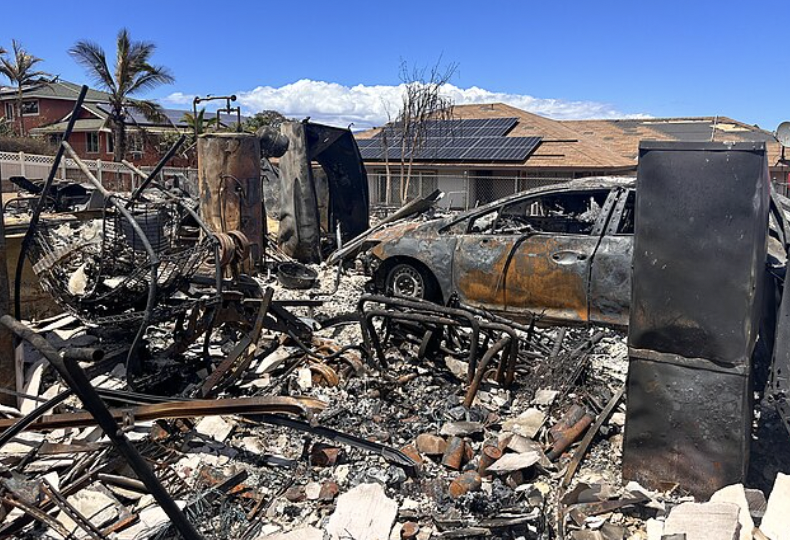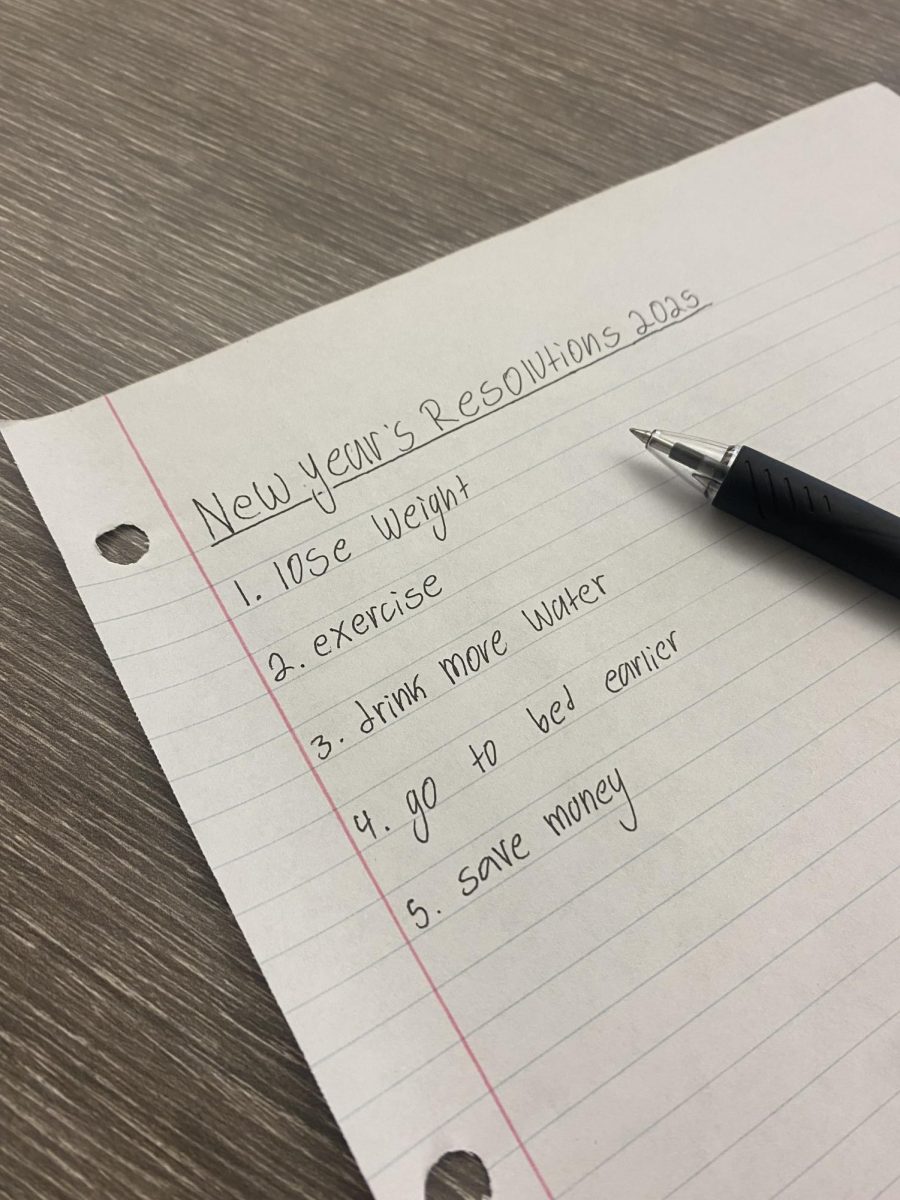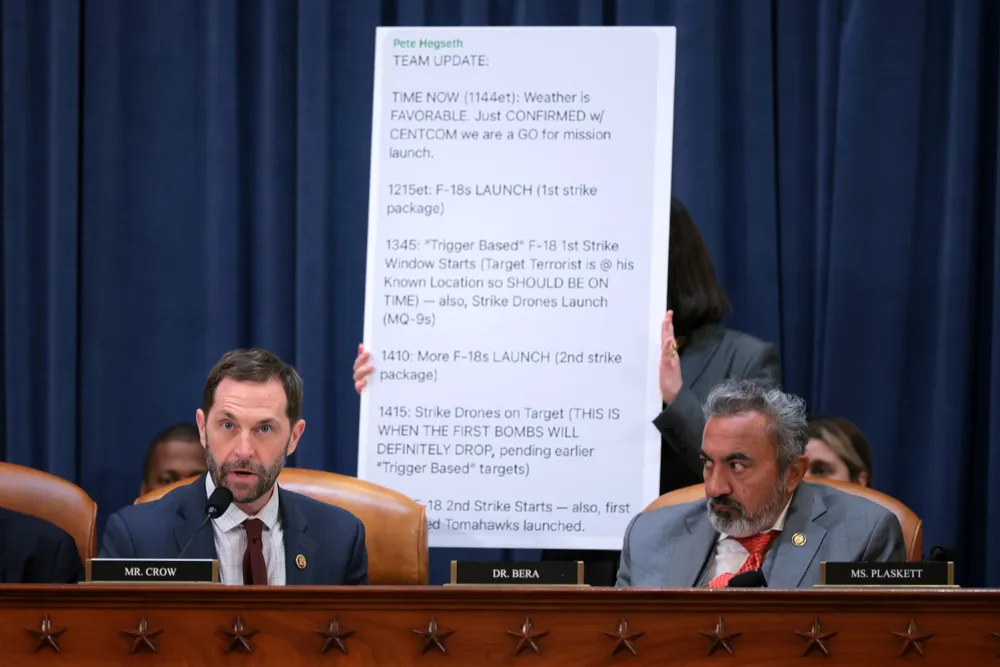With over 3 million confirmed COVID-19 cases globally, and 1 million of those being in the US, locations around the US close down, including Terra Linda High School. But how does this affect our grades, work, and grading system? Recently you or a friend may have received an email or notification from a teacher, covering how the grading policy will change for the remainder of the year. If you haven’t gotten this email, essentially it names two new styles of grading: Credit or no credit, or letter grades.
The credit/no credit system is the default category for grading. What this means is that if you choose to not opt into the letter grading system, you’ll be graded on the credit/no credit system. For the system itself, it relies on non-specific credit, so if you have any passing grade in either the 3rd or 4th quarter you will receive credit, but the 3rd quarter is the main consideration. But if you have a failing grade in both quarters, you will receive no credit for the class. It’s important to give information on this grading system, since you do have other options that could potentially be better for your GPA, as well as to be aware.
The letter grades, as briefly mentioned, are a grading policy that is completely optional, where you will receive a specific grade, being A, B, or C. By this policy, you must retain a minimum of a C grade in all of your classes to be able to opt-in. You can opt-in by emailing tlgrades@srcs.org by May 15th to be graded this way.
This begs the question- should you apply for a letter grade? The credit/no credit system technically doesn’t affect your GPA, making it ideal for students who are having more trouble with work, whether it be the transition to online school, excessive work loads, money/jobs, or mental health (for more information on mental health outlets available right now, refer to our recently added article all on mental health outlets). While the letter grade actually has an impact, and can actively raise your GPA, so it’s recommended to use this grading method if you’re doing well in your classes or want to raise your GPA.
Now that we’ve covered how the grading policies have changed, how and where do you do online work to receive credit/grades? You’re probably very familiar on how to do work at this point in quarantine, but if you dont you many work assignments can be submitted and assigned on Canvas and Google classrooms. You can print out work and do it there, or you can copy it down on a sheet of paper. This is convenient since Canvas, our widely used assignment system allows you to take photos of physical copies of your work.
A problem that presents itself more and more throughout our online study is having bad wifi, or not having technology able to access your work. Our school is working through this problem by occasionally offering Chromebooks in the back parking lot for pickup. Additionally, outside of school, wifi companies like Sprint or T-Mobile are providing unlimited data for people that qualify (you can go to their websites for more information) Once you have everything you need to work efficiently, make sure to choose your grading system wisely based on what you or your counselor recommend.




















































































